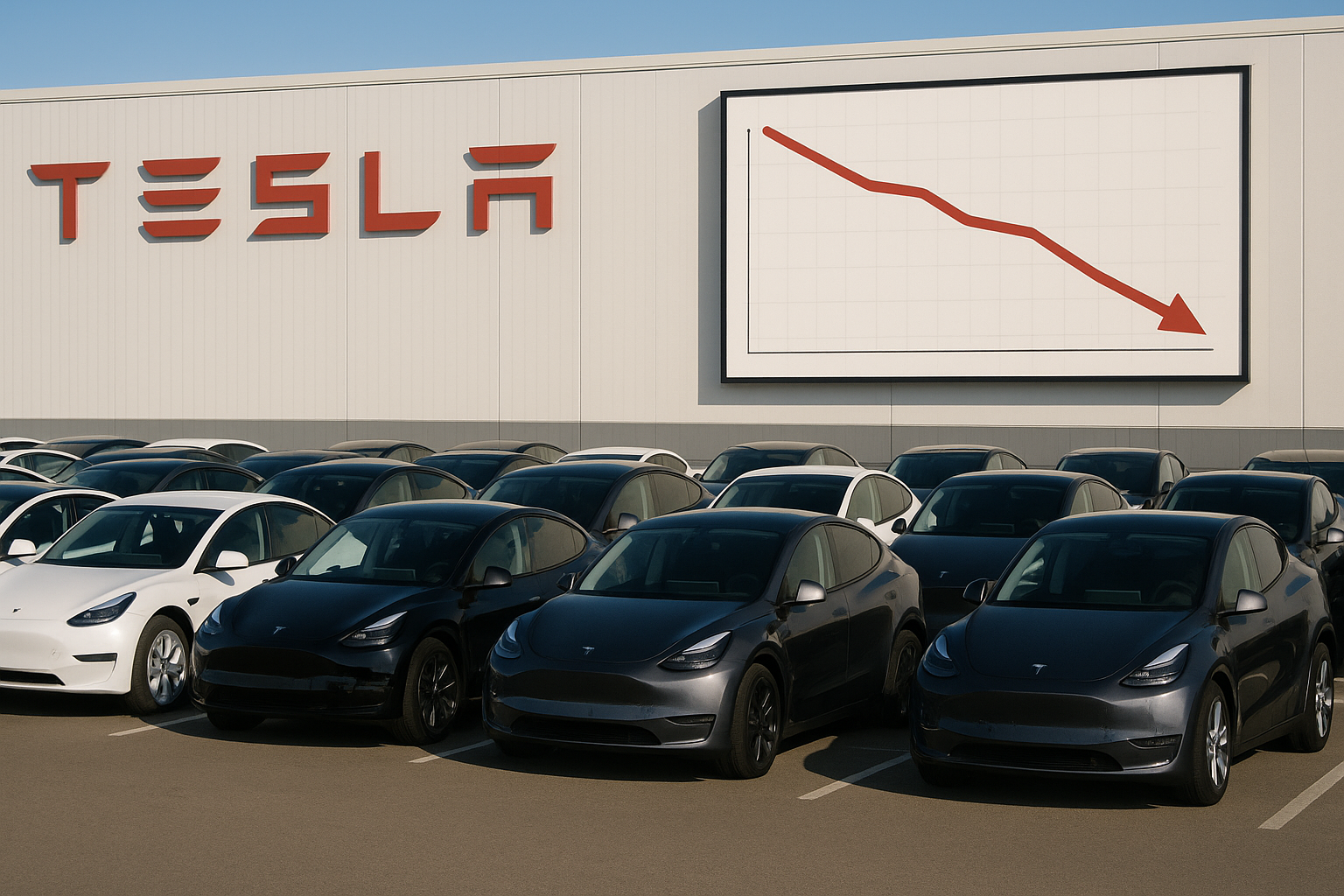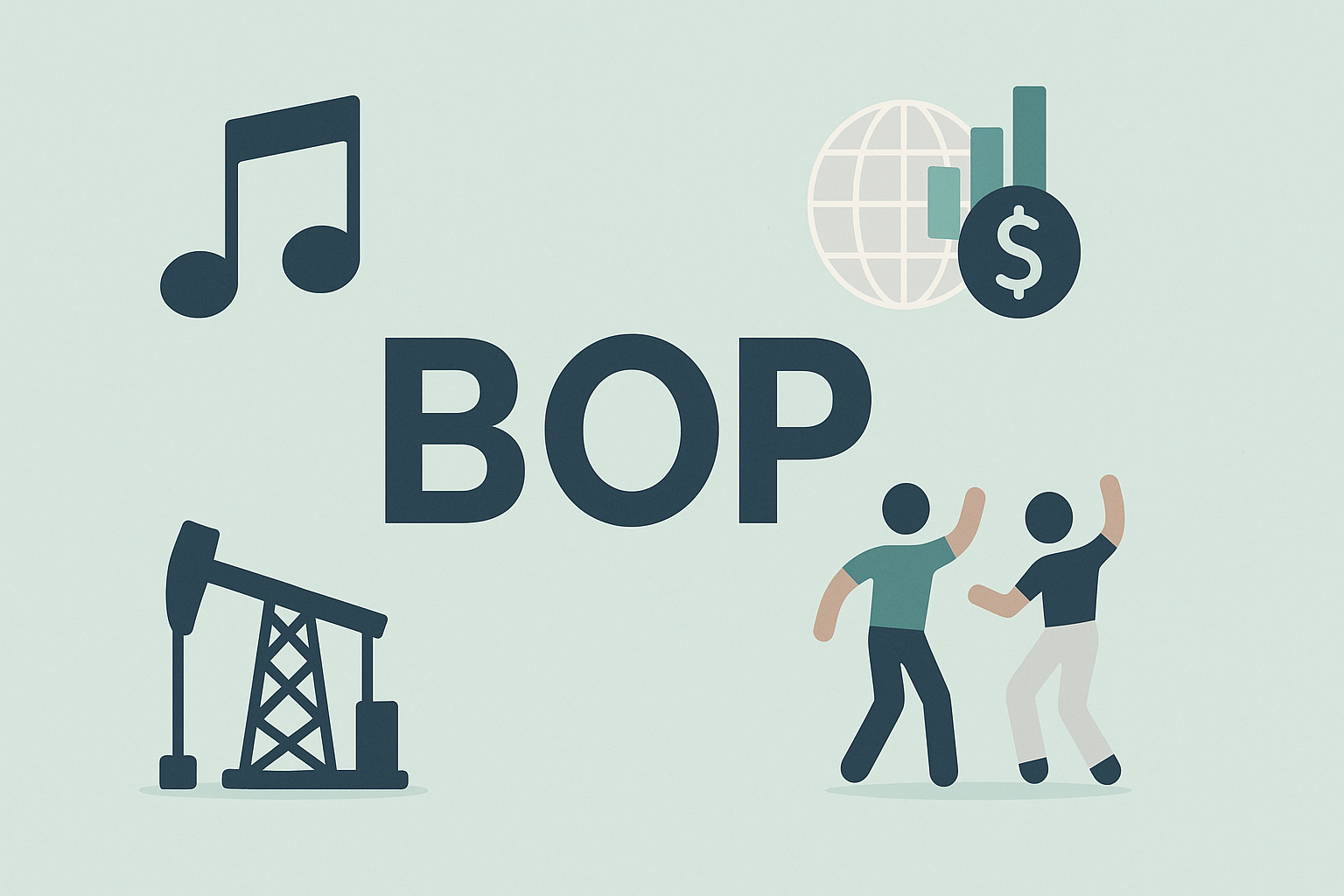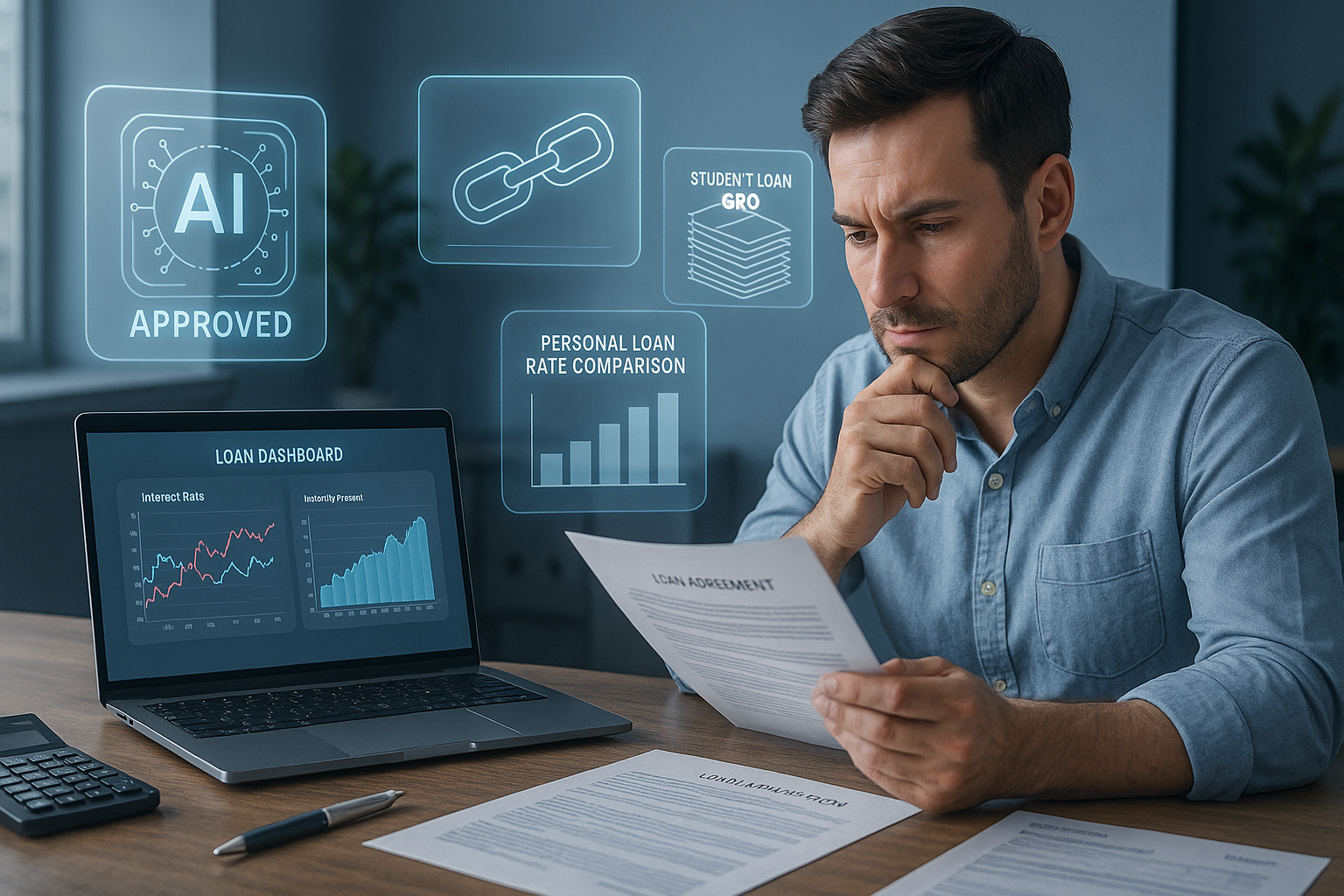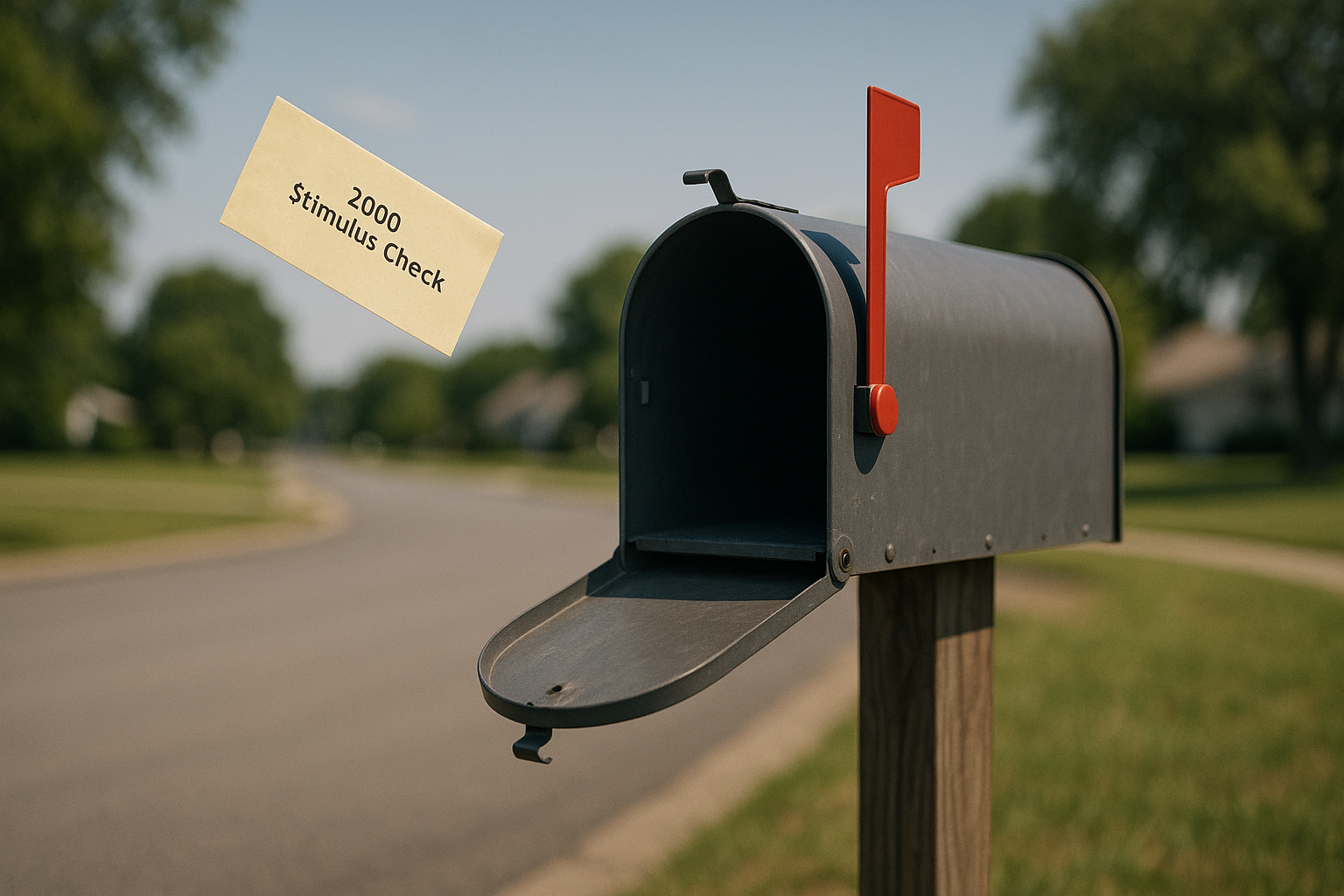Tesla's latest delivery figures landed with a thud this week, showing the kind of downward trend that makes investors reach for the antacid. The EV pioneer delivered 384,122 vehicles in Q2—a 14% drop from the same period last year and the second consecutive quarter of year-over-year declines.
Let's not sugarcoat this. For a company whose stock price assumes interplanetary domination, not just automotive leadership, negative growth is about as welcome as a flat tire on a cross-country road trip.
I've been tracking Tesla since its early production struggles with the Model 3, and this moment feels significant. There's something almost predictable happening here—that classic S-curve of adoption that eventually catches every revolutionary product. You know the pattern: slow early adoption, rapid acceleration in the middle, then the inevitable flattening as markets mature.
The numbers tell their own uncomfortable story. Tesla produced 410,244 vehicles but only delivered 384,122—meaning they're building more cars than they can sell. In the auto industry (which, despite Elon's protests, Tesla is definitely part of), that's traditionally a warning sign.
What's happening? The easy explanation is increased competition, price pressure, and demand saturation. But I think we're witnessing something more fundamental—Tesla might be hitting that inflection point where the steep part of the growth curve begins to level off.
Look, a 14% decline isn't the end of the world in isolation. Traditional automakers routinely weather worse fluctuations. But here's the thing—Tesla isn't valued like GM or Toyota. It's carrying a multiple that assumes years of 30-50% growth ahead. When you're priced for perfection, "slightly disappointing" might as well be "disastrous."
The timing of Tesla's recent pivot to robotaxis and AI doesn't seem coincidental. There's an established pattern in tech where companies facing headwinds in their core business suddenly discover exciting new adjacent markets. Sometimes this strategy works brilliantly (Apple's services business comes to mind). Other times... well, remember Google Glass?
(I should note that Rivian's better-than-expected deliveries suggest Tesla's issues might be company-specific rather than industry-wide, which raises even more questions.)
What fascinates me most? Tesla is simultaneously the most valuable automaker on the planet and a company that increasingly acts like it doesn't want to be an automaker at all. Musk spends more time tweeting about robots, AI, and autonomous driving than discussing the vehicles currently paying the bills.
Having covered the EV sector since its infancy, I've seen this tension before—the push-pull between present revenue streams and future aspirations. But Tesla's case is extreme. It's as if Apple had started talking about abandoning the iPhone right after the iPhone 6.
Will Tesla rebound? Perhaps. The company has certainly defied skeptics before (I've occasionally been among them). New models could reignite growth. International expansion continues. Full Self-Driving might eventually... you know... fully drive.
But the market has already begun reassessing. Tesla's share price has reflected growing concern about its core automotive business—which, despite all the talk about becoming an "AI company," still accounts for the vast majority of its revenue.
We're witnessing a fascinating transition—the company that disrupted the automotive industry is now experiencing something utterly conventional: the challenges of maintaining momentum as markets evolve and competition intensifies.
What happens when a growth story stops growing? That's the trillion-dollar question Tesla investors are now confronting. And not even Elon's army of AI bots can generate that answer.




